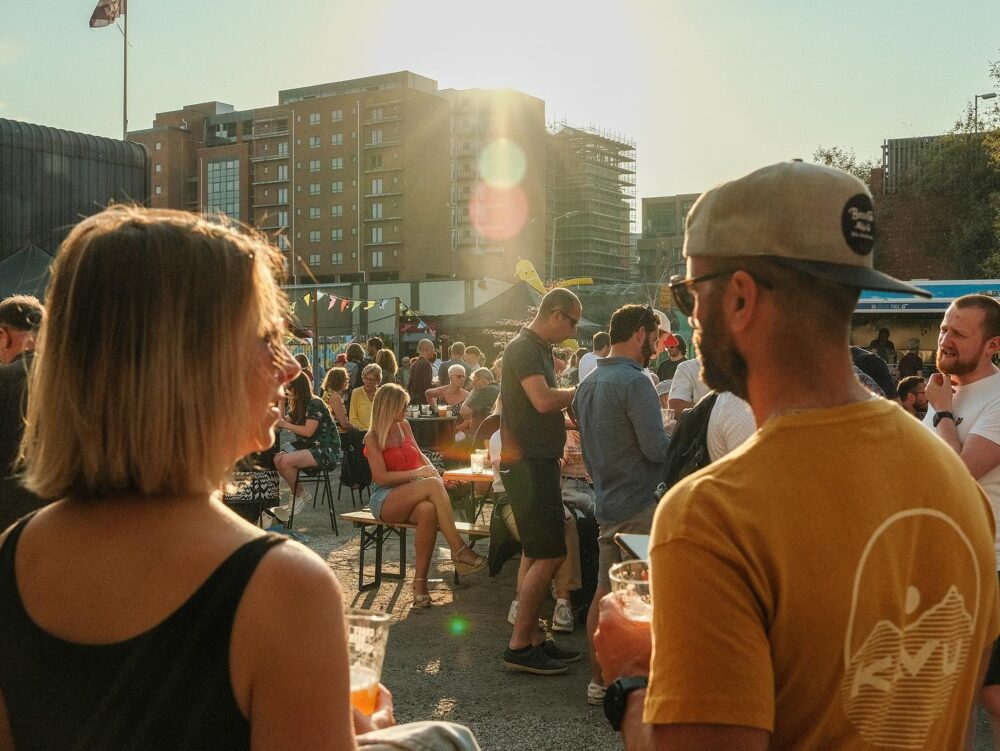
Culture
Have your say on the transformation of Liverpool’s waterfront
3 years ago
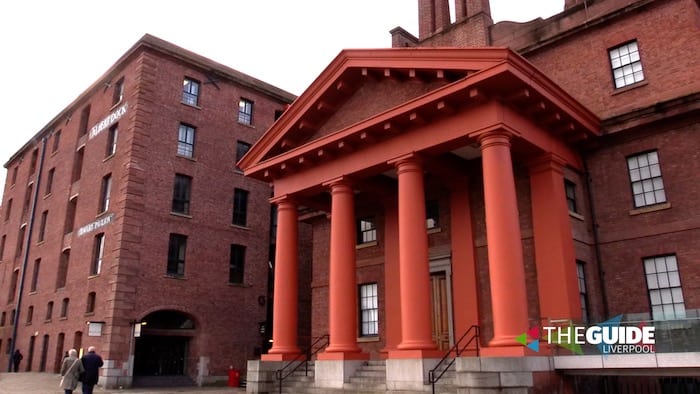
Join National Museums Liverpool to help shape the future of the International Slavery Museum and Maritime Museum
As part of the Waterfront Transformation Project, National Museums Liverpool is inviting you to District next Monday (24 October) to learn more about the International Slavery Museum and Maritime Museum redevelopment and share your ideas for the museums’ futures.
The project spans the area between the Royal Albert Dock and Mann Island and will transform the historic industrial landscape into a stunning leisure and cultural destination, with a powerful heritage narrative.
The £70m+ 10-year masterplan includes the reconfiguration of Canning Dock and Museum of Liverpool, as well as smaller buildings around Albert Dock. But the cornerstone is the transformation of International Slavery Museum and Maritime Museum, which has been awarded funding from The National Lottery Heritage Fund’s Heritage Horizon Awards.
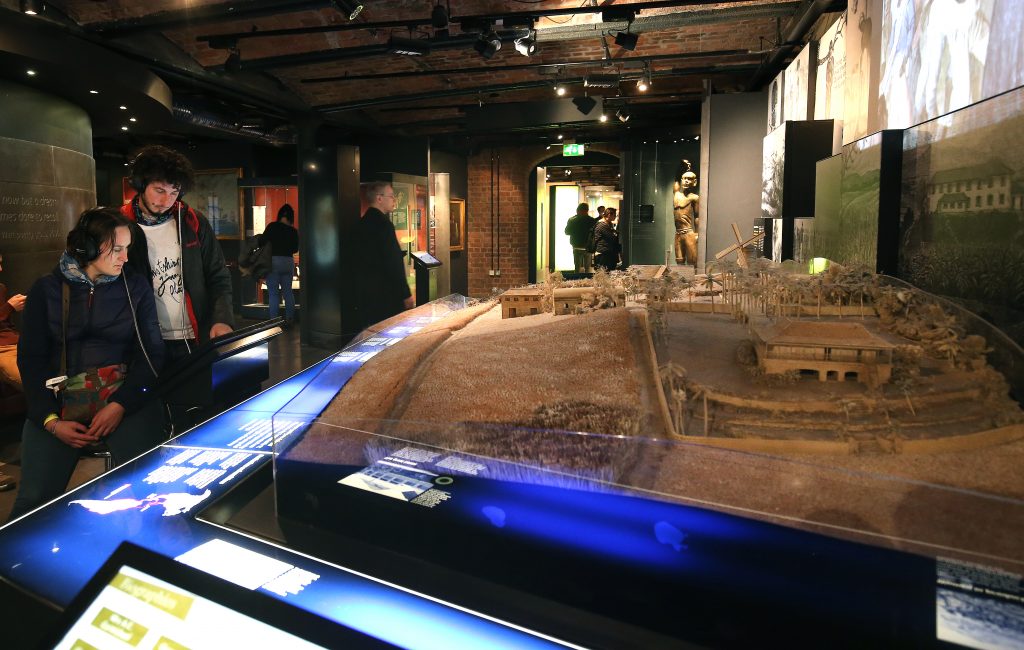
Laura Pye, director of National Museums Liverpool, said:
“The project is going to allow us to regenerate all the buildings that we currently own, and make a more cohesive visitor experience that links storytelling, heritage, community, and connectivity. The International Slavery Museum will be transformed from a collection of galleries into a museum with its own dedicated, prominent entrance via the Dr Martin Luther King Jr Building.”
Work has already begun to position the Dr Martin Luther King Jr building as a new cultural hub as part of the International Slavery Museum. Formerly the Dock Traffic Office and known locally as the former Granada TV building, the Dr Martin Luther King Jr building has hosted a series of pop-up exhibitions over the past year, inviting contemporary artists to share their reflections on the legacies of transatlantic slavery through art and installation.
The first exhibition, made possible thanks to Liverpool City Region Combined Authority who provided funding as part of the Race Equality Programme, saw Migrant Artists Mutual Aid present Meet me at the River. The exhibition was an artistic response to Liverpool and its role in historic slavery through an immersive soundscape of music and spoken word augmented by visual elements taken from the International Slavery Museum’s rich archival material and newly created artistic works. Current exhibition – Jupiter’s Song by Khaleb Brooks – investigates how we can commemorate those who died in slavery through music, sculpture and dance.

For National Museums Liverpool, co-production is an “exercise in democracy” – it works to reconfigure established power relationships, challenge inequality and improve society.
Dr Ranmalie Jayawardana, Community Participation Lead at National Museums Liverpool, says that the importance of this kind of collaboration cannot be undersold.
“We know that the story of Liverpool and the trafficking of enslaved African people cannot be told just within the walls of the International Slavery Museum. Moreover, we know we cannot tell this story alone. That is why the Waterfront Transformation Project is being co-produced; so that this pivotal and complex history can be understood across our sites, and the project’s vision can be shaped by communities locally, nationally, and globally.
“My role is to facilitate this process, disrupting the long-standing and unequal power relations which mean that only a small section of society visit our museums and an even smaller number of people get to shape them. I am honoured to work with a team of Black and South Asian women who support and critique each other. Together, we bring people with different lived experiences into the project by creating pathways that resonate strongly for each individual.
“We’re doing this with communities on transatlantic and modern slavery narratives but the whole project is being co-produced to reflect the full history and heritage of the site.”
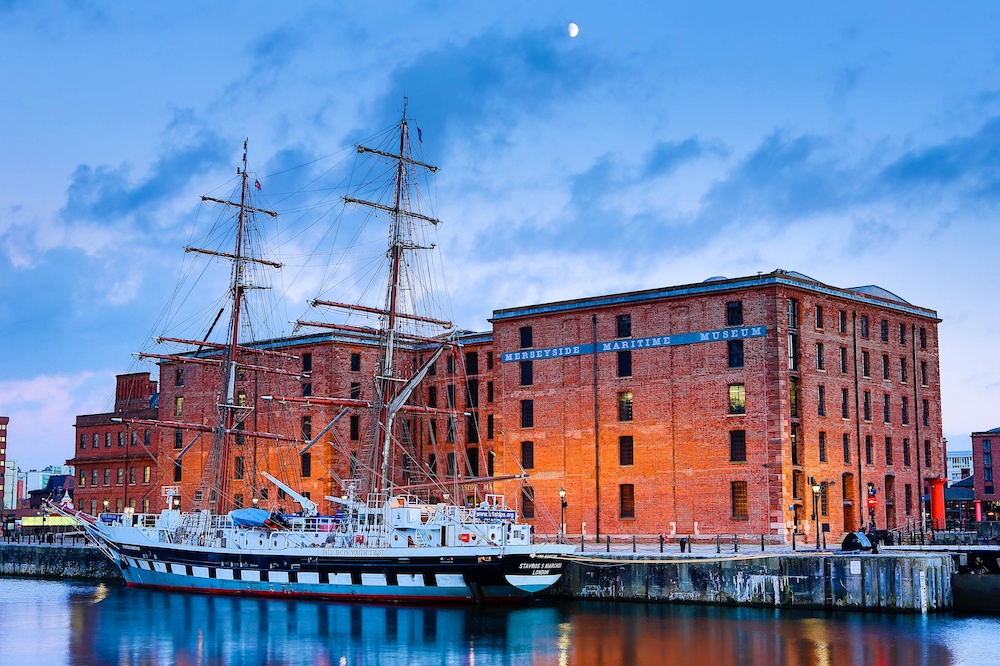
In addition to developing new galleries and community spaces for the International Slavery Museum, National Museums Liverpool will refurbish, reconfigure and reinterpret existing galleries in the Maritime Museum.
A pivotal part of the project will be the inception of a National Centre for Teaching Black History, which is set to influence change across the UK in decolonising curriculums across all subject areas. The centre will become a physical and online safe space for dialogue that is often difficult and challenging around racism and discrimination, decolonisation, and historical and contemporary slavery. International Slavery Museum collections will underpin the centre’s activity, and artists, designers, musicians, broadcasters, and historians will be commissioned to co-produce and co-create museum resources, inviting a more diverse range of people to access history and heritage and learn the stories of those impacted by colonial practices.
Paul Reid, Head of International Slavery Museum, is optimistic about the future of the museum and the role that co-production will play in creating a museum that speaks for the community.
“As a result of this project, what we’re involved in really is the retelling of history – to truly understand British history is to understand Transatlantic Slavery and its legacy. Through the wide scope of this waterfront transformation, we’re able to get a range of people around the table to rethink what we want from the International Slavery Museum and create a wave of new opportunities for public engagement. It’s vital that the museum reflects not only history, but the relevant issues of today.
“Britain, in the modern era, is built on the enslavement of Africans and the exploitation of Africa. Liverpool was its primary port, and in collaboration with other European countries, slavery and colonialism transformed the world. The legacies are all around us today”.
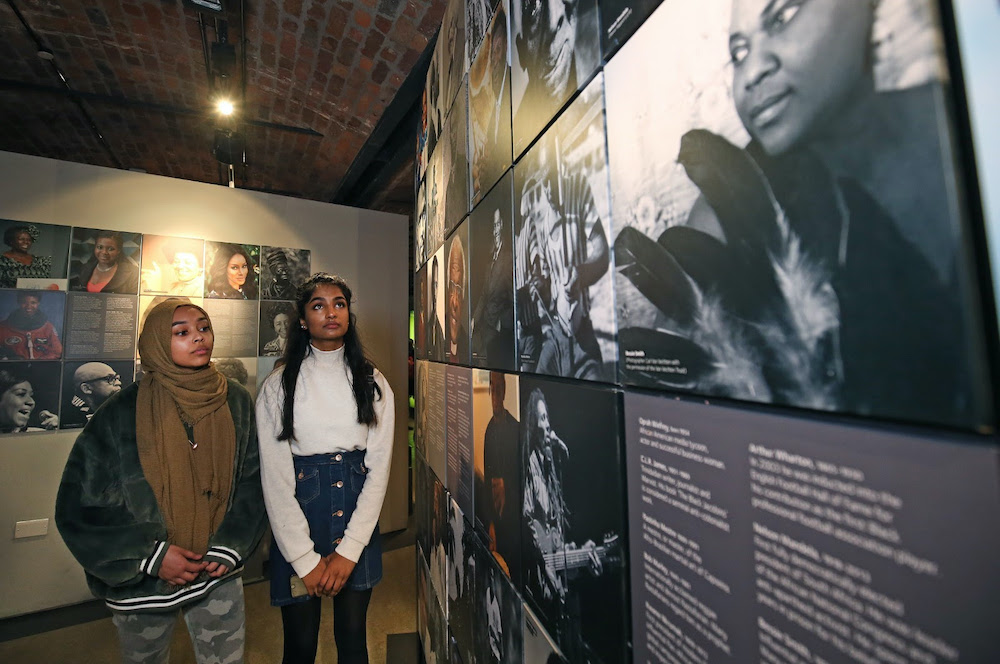
Complementing the transformation of International Slavery Museum and Maritime Museum will be the redevelopment of Canning Dock, which will be taken forward by Asif Khan Studio and artist Theaster Gates.
Laura Pye added: “The story of Liverpool’s role in the transatlantic slave and maritime history trade doesn’t end with our museums and galleries. Canning Dock is an integral part of the story and it’s our job to safeguard this heritage.
“Our vision is to respond to the waterfront’s unique history and bring that history into the public realm, ensuring the voices of those whose lives have been most affected by the legacies of historic or modern slavery are heard.
“We have done community projects before and we are great at working with our community, but this is going a step beyond that, as people now have their own voice and are able to shape how our waterfront will eventually be.”
If you want to get involved in shaping the future of International Slavery Museum, email waterfront.transformation@liverpoolmuseums.org.uk



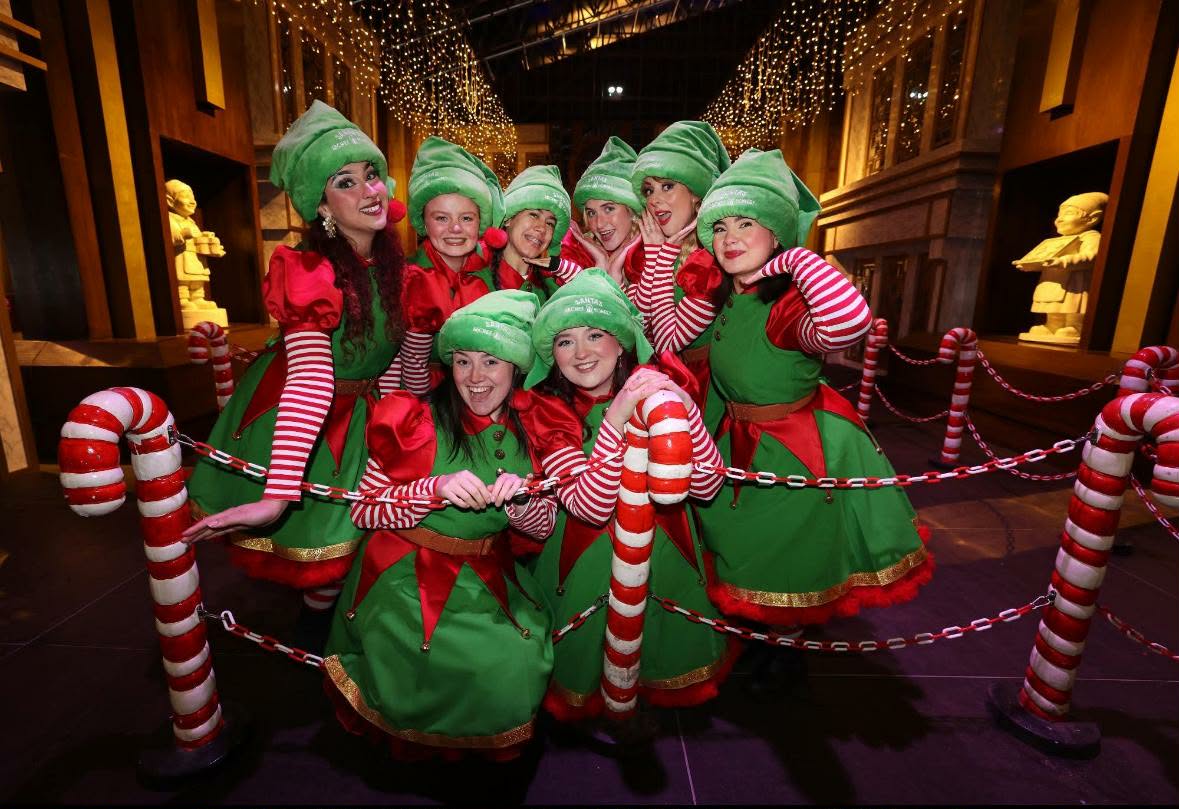

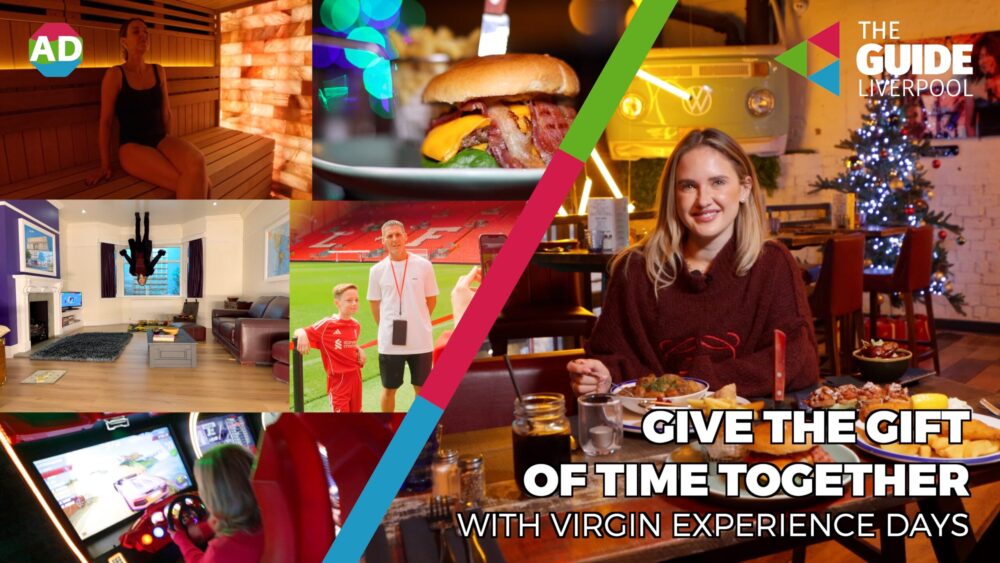

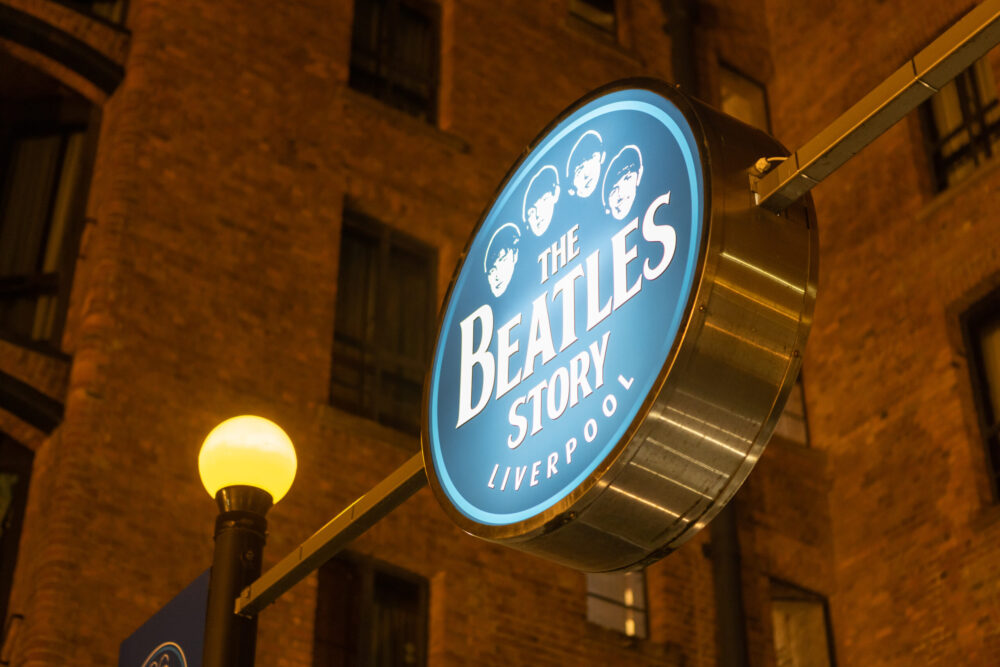

 Subscribe
Subscribe Follow Us
Follow Us Follow Us
Follow Us Follow Us
Follow Us Follow Us
Follow Us Follow Us
Follow Us











